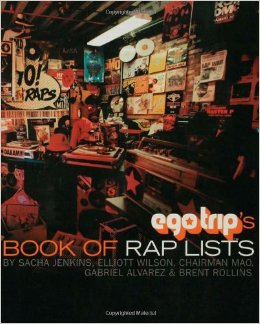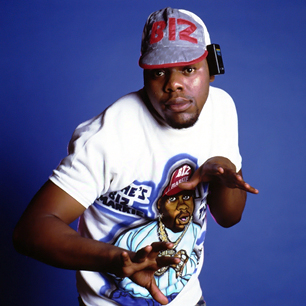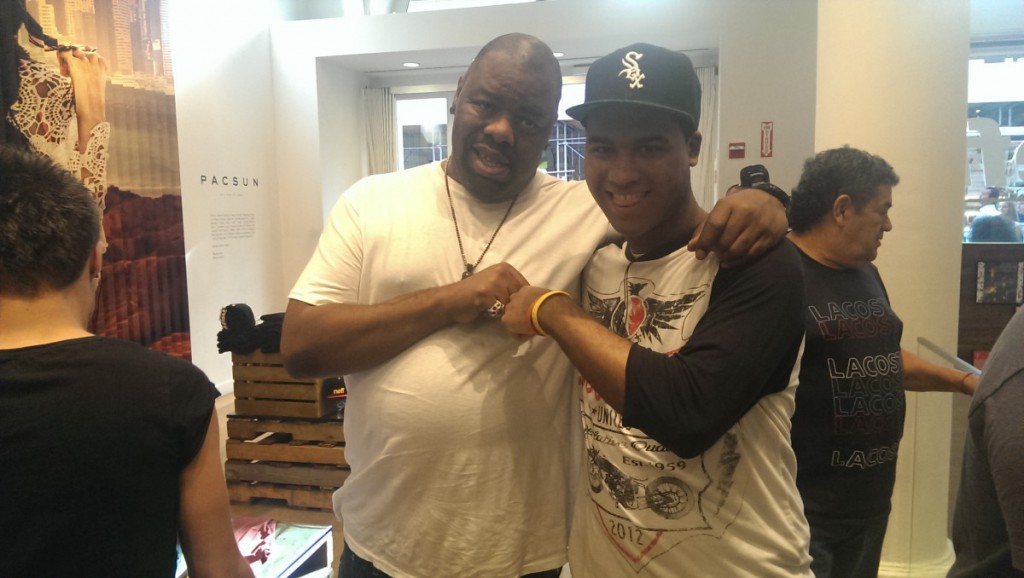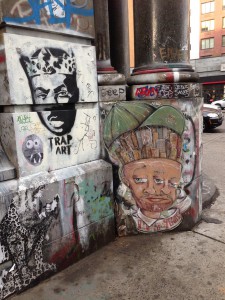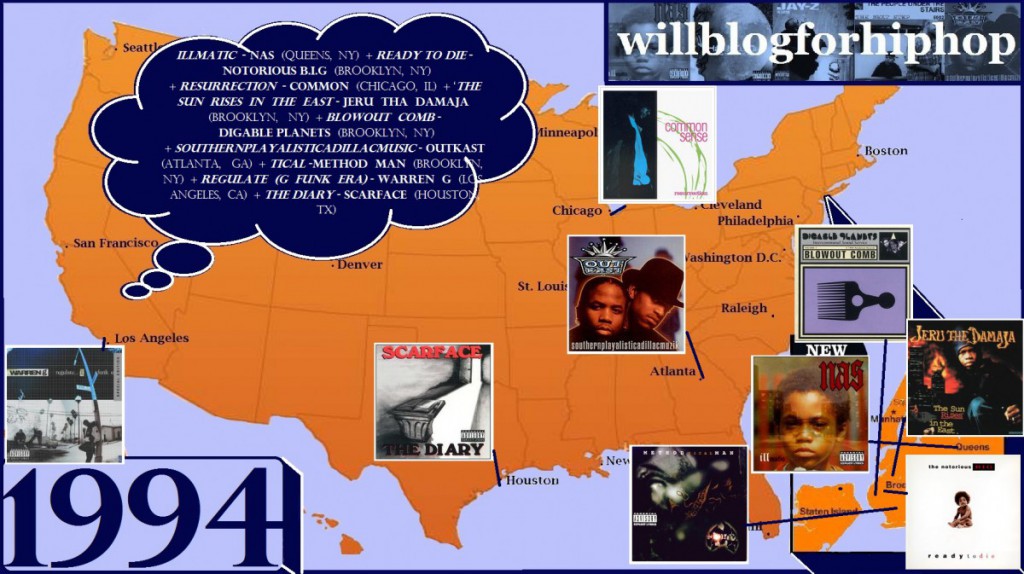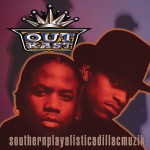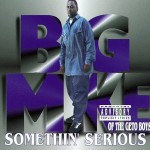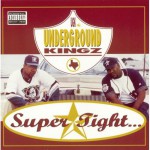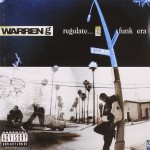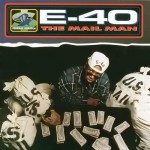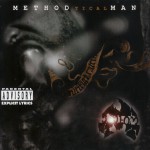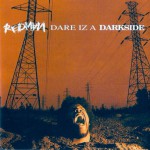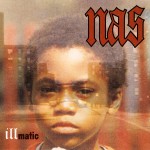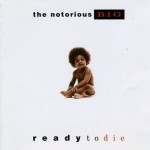Finding high quality and in-depth commentary on 90s hip hop is difficult. From those who think they know to those that know but are too condescending to share, it can be hard for newcomers wanting to take part in this culture. Around my senior year of high school I discovered a book at the public library that didn’t appear too engaging by its cover, but turned out to become on the most addicting and amazing books ever. I present to you: Ego Trip’s Book of Rap Lists.
Perhaps one of the most inadvertent beauties of this book, is the fact that it was published in December 1999, right at the cusp of a new millennium. This is perfect because it ONLY documents hip hop from its genesis in the 70s up to my sweet 90s. If you are looking for loads of pictures then this might not be the book for you and chances are you one of those who has a “90s” blog with tons of visual but ABSOLUTELY no meaningful commentary. The book’s writing is what every hip hop journalist/writer should desire to attain. Humor and wit is balanced with plenty of factual and substansial information. From top charting hits to tall tales that many debate ever happened, this book has it all.
My only minor gripe about this book is that at some points it feels a little biased. Since Ego Trip was originally a New York published magazine, some of their top lists seem to be little more favorable to east coast artists. Nevertheless, this is a must have for ANYBODY interested in not just the 90s, but Hip Hop’s true culture and the essence of what it is really about.
http://www.amazon.com/Ego-Trips-Book-Rap-Lists/dp/0312242980
